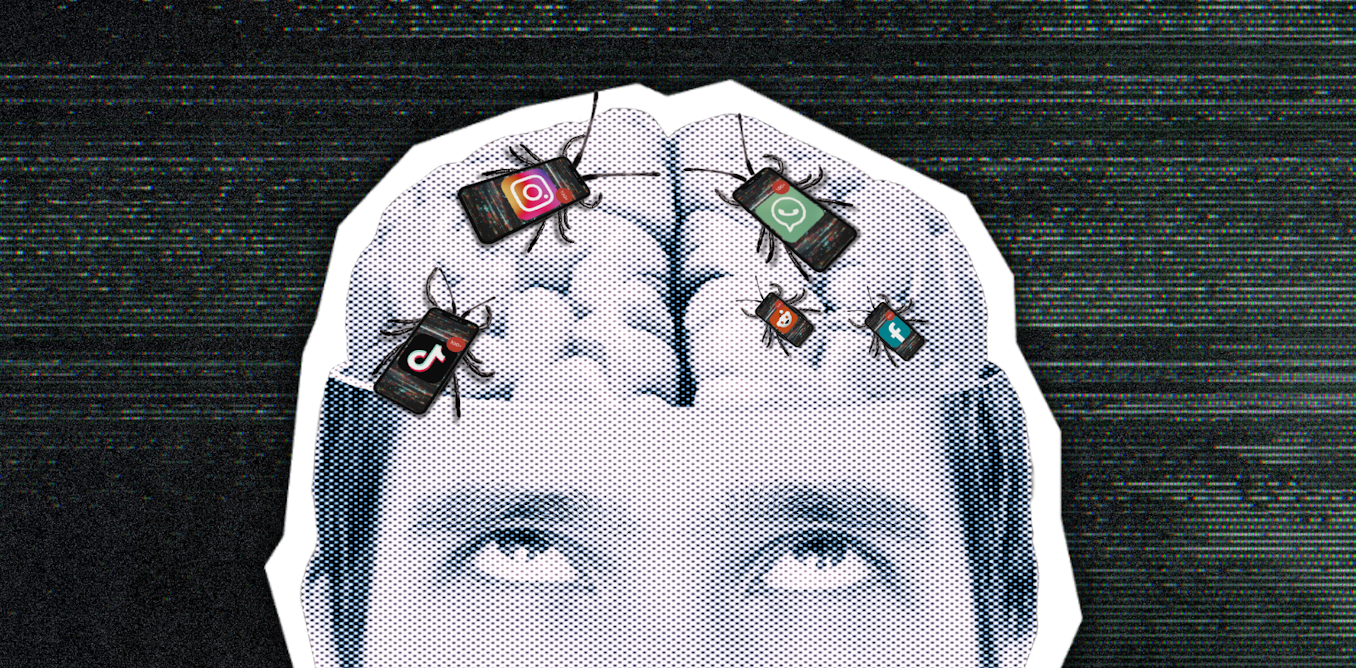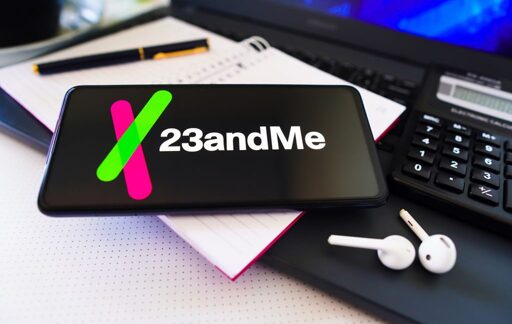Say Hello to the World's Largest Hard Drive, a Massive 36TB Seagate
-
Words hard
And I would go so far as to say that nobody who is buying 36 TB spinners is doing offsite backups of that data. For any org doing offsites of that much data you are almost guaranteed using a tape drive of some form because... they pay for themselves pretty fast and are much better for actual cold storage backups.
Seagate et al keep pushing for these truly massive spinners and I really do wonder who the market is for them. They are overly expensive for cold storage and basically any setup with that volume of data is going to be better off slowly rotating out smaller drives. Partially because of recovery times and partially because nobody but a sponsored youtuber is throwing out their 24 TB drives because 36 TB hit the market.
I assume these are a byproduct of some actually useful tech that is sold to help offset the costs while maybe REALLY REALLY REALLY want 72 TBs in their four bay Synology.
Been a long time since I set foot in a data center; are tape drives not still king for cold storage of data?
-
Been a long time since I set foot in a data center; are tape drives not still king for cold storage of data?
It depends on the size/"disruptiveness" of the company but yeah. You either have your own tape back up system or you contract out to someone who does and try not to think about what it means to be doing a glorified rsync of all your data offsite every week.
I wouldn't quite go so far as to say anyone doing genuine offsite backups using a spinning disc is wrong but...
The caveat I'll carve out is the hobbyist space where a lot of us will back up truly essential data to a cloud bucket or even a friend/family member's NAS. I... still think that is more wrong than not but (assuming you trust them and they have proper practices) it is probably the best way for a hobbyist to keep a backup without worrying about that USB drive degrading since it gets plugged in once a year.
-
It depends on the size/"disruptiveness" of the company but yeah. You either have your own tape back up system or you contract out to someone who does and try not to think about what it means to be doing a glorified rsync of all your data offsite every week.
I wouldn't quite go so far as to say anyone doing genuine offsite backups using a spinning disc is wrong but...
The caveat I'll carve out is the hobbyist space where a lot of us will back up truly essential data to a cloud bucket or even a friend/family member's NAS. I... still think that is more wrong than not but (assuming you trust them and they have proper practices) it is probably the best way for a hobbyist to keep a backup without worrying about that USB drive degrading since it gets plugged in once a year.
I can't criticize other hobbyists. I only back up locally and I use Synology Hybrid Raid to do it.
-
Newegg was the nerd's paradise 10+ years ago. I would spend thousands each year on my homelab back then. They had great customer service and bent over backwards for them. Then they got bought out and squeezed and passed that squeeze right down to the customers. Accusing customers of damaging parts, etc. Lots of slimeball stuff. They also wanted to be like amazon, so they started selling beads, blenders and other assorted garbage alongside tech gear.
After a couple of minor incidents with them I saw the writing on the wall and went to amazon who were somewhat okay then. Once amazon started getting bad, I turned to B&H and fleaBay. I don't buy as much electronic stuff as I used to, but when I do these two are working....so far.
What is B&H?
I've recently bought a series of 24TB drives from both Amazon and Newegg. Each one I got was either DOA or shortly thereafter. I just gave up but I would love to have a better source.
-
Defragmenting...

Man, I used to LOVE defragmenting drives. I felt like I was actually doing something productive, and I just got to sit back and watch the magic happen.
Now I know better.
-
It will take about 36 hours to fill this drive at 270mb/s
That’s a long time to backup your giraffe porn collection.
How did you know about my giraffe porn?
-
Well, largest this week. And
Yeah, $800 isn’t a small chunk of change, but for a hard drive of this capacity, it’s monumentally cheap.
Nah, a 24TB is $300 and some 20TB's are even lower $ per TB.
Omg I really have been out of the loop. I originally filled my 8 bay NAS with 6tb drives starting back in 2018. Once they would fill, i added another. 3 years ago, I finally ran out of space and started swapping out the 6tb for 10tb. Due to how it works, I needed to do 2 before I saw any additional space. I think i have 3 or 4 now, and the last one was 2 years ago. They did cost around $250 at the time, and I think i got 1 for just over $200. The fact that I can more than double that for only $300 is crazy news to me. Guess I am going to stop buying 10tb now. The only part that sucks is having to get 2 up front...
-
I think if I needed to store 36TB of data, I would rather get several smaller disks.
That's roughly what I have now, and I only have about 200gb left, so I kind of wish I could get a little more right now. This is across 7 drives. I really hope storing data becomes faster and cheaper in the future because as it keeps growing over the past few decades, it gets longer and longer to replace and move this much data...
-
What is B&H?
I've recently bought a series of 24TB drives from both Amazon and Newegg. Each one I got was either DOA or shortly thereafter. I just gave up but I would love to have a better source.
They are a retailer in NYC. Their specialties (historically) lie in photography and all the tech surrounding that.
-
This post did not contain any content.
Seagate so how long before it fails?
-
What kind of degenerate do you think I am? That’s 36 hours to back up my walrus porn collection.

-
Yeah, but it's Seagate. I have worked in data centers, and Seagate drives had the most failures of all my drives and somehow is still in business. I'd say I was doing an RMA of 5-6 drives a month that were Seagate, and only 4-5 a year Western Digital.
Every drive I've had fail has been a Seagate. I replace them out of habit at this point.
-
I think if I needed to store 36TB of data, I would rather get several smaller disks.
Multiple drives in a RAID.
-
And linux distros
I have around 150 distros seeding
 . I need to get those numbers up!
. I need to get those numbers up! -
This post did not contain any content.
-
Yeah, but it's Seagate. I have worked in data centers, and Seagate drives had the most failures of all my drives and somehow is still in business. I'd say I was doing an RMA of 5-6 drives a month that were Seagate, and only 4-5 a year Western Digital.
I use all WD Golds for storage now but I have some Seagate barracudas from 2005 that still work. I don't use them anymore but the data is still there. I fire them up every so often to see. I know that's purely situational. I pretty much only buy WD now.
-
Yeah, but it's Seagate. I have worked in data centers, and Seagate drives had the most failures of all my drives and somehow is still in business. I'd say I was doing an RMA of 5-6 drives a month that were Seagate, and only 4-5 a year Western Digital.
My 1st thought was "but it's a Seagate" ...
-
I got some 16TB drives recently for around $200 each, though they were manufacturer recertified. Usually a recertified drive will save you 20-40%.
Shipping can be a fortune though.EDIT: I used manufacturer recertified, not refurbished drives.
Refurbished drives sound scary. Any data to point towards that not being a problem?
-
Yeah, but it's Seagate. I have worked in data centers, and Seagate drives had the most failures of all my drives and somehow is still in business. I'd say I was doing an RMA of 5-6 drives a month that were Seagate, and only 4-5 a year Western Digital.
Is that just observational, or did you keep track? Backblaze does track their failures, and publishes their data: https://www.backblaze.com/blog/backblaze-drive-stats-for-q1-2025/
-
SSD ≠ HDD







